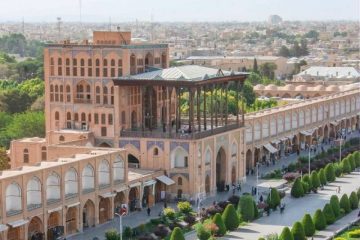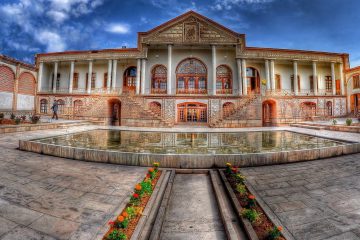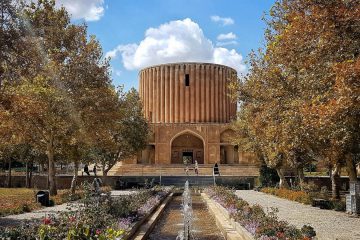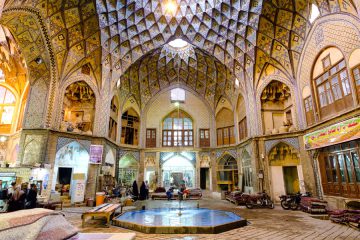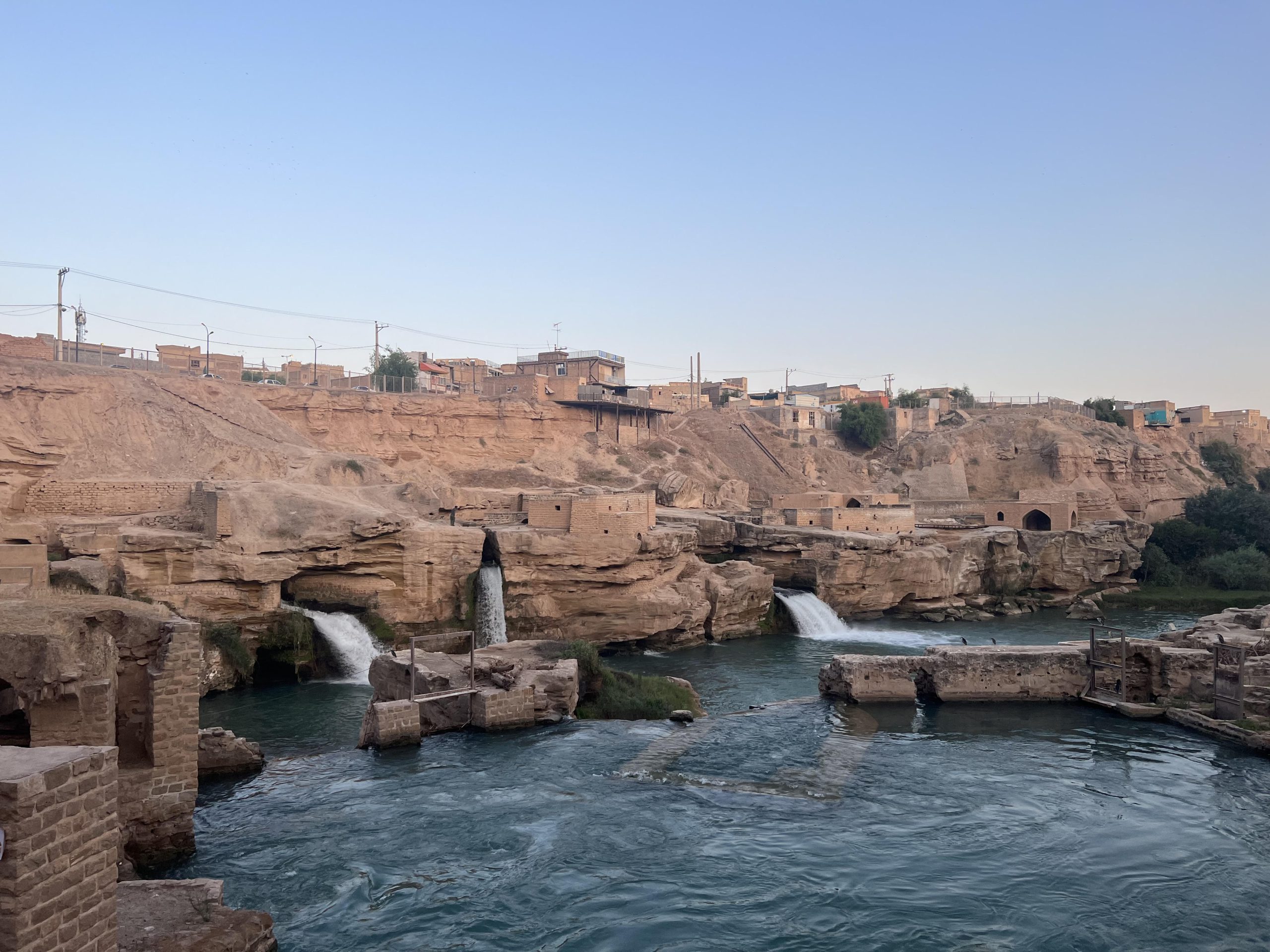
Shushtar Watermills
Discovering the Timeless Charm of Shushtar Watermills
Shushtar Watermills: A Living Legacy of the Sassanid Era
Let’s take a captivating journey back in time to explore the enchanting world of Shushtar Watermills. This historical wonder, dating back over 1500 years to the glorious Sassanid era, continues to captivate and stand strong in all its ancient grandeur. The ingeniously designed water structures of Shushtar were crafted to harness the mighty power of water for milling purposes. This complex is a mesmerizing blend of various elements, including mills, waterfalls, canals, aqueducts, and even a delightful recreational spot known as “Sika.” It’s often hailed as “the largest industrial complex before the age of industrialization.” The Gurgur Dam, a marvel in itself, cleverly diverted the river’s flow, raising water levels and sending it coursing through three intricately carved tunnels in the rocks. These tunnels directed the water into a network of canals, setting the mills in motion. The surplus water gracefully tumbled down, creating artificial waterfalls that painted a breathtaking picture. Originally, Sika was home to 32 watermills, but today, while the mills have vanished into history, the water still cascades elegantly into the river, resembling nature’s beautiful waterfalls. This remarkable engineering feat is known as the Shushtar Historical Hydraulic System, or in Persian, “سازههای آبی شوشتر.”
Situated in Iran’s Khuzestan Province, this extraordinary site earned its place on UNESCO’s prestigious list of World Heritage Sites in 2009. It proudly stands as the 10th cultural heritage site in Iran to receive the esteemed recognition of the United Nations.
The infrastructure of Shushtar boasts an intricate network of watermills, dams, tunnels, and canals. The GarGar Weir, closely associated with the watermills and waterfalls, plays a central role in the system. On the eastern side, the Bolayti canal diligently supplies water from behind the GarGar bridge, nourishing the eastern segment of watermills while protecting them from harm. The Dahaneye Shahr tunnel, one of the three main conduits, carries water from behind the GarGar weir, powering several watermills along the way. The Seh Koreh Canal guides the western flow, directing water from behind the GarGar bridge. In the watermills and waterfalls of Shushtar, one can witness a perfect model of using water’s force to efficiently operate mills.
The Band-e Kaisar, often referred to as “Caesar’s Dam,” stretches across the Karun River, spanning a remarkable 500 meters. This Roman weir, constructed in the 3rd century AD in the Sassanid architectural style, serves as the linchpin of the entire complex. Alongside the Band-i-Mizan, it plays a pivotal role in retaining and diverting the river’s flow into the intricate irrigation canals of the region. Remarkably, this structure was built by a Roman workforce, marking the easternmost Roman bridge and dam and Iran’s pioneering combination of a bridge with a dam.
While some components of this ingenious irrigation system can be traced back to the time of Darius the Great, an illustrious Achaemenian king of Iran, it predominantly consists of two primary diversion canals within the Karun River. Remarkably, one of these canals remains functional to this day, supplying water to Shushtar city through a network of tunnels. The area also boasts the Salasel Castle, a central hub for the operation of the hydraulic system. Additionally, a dedicated tower for measuring water levels stands tall amidst a landscape adorned with bridges, dams, mills, and basins.
As the Karun River continues its journey southward, it transforms the adjacent plains, making them fertile for farming and orchards. This transformation is most evident in the area known as Mianâb, located between the two diversion canals, Shutayt and Gargar. Mianâb, often regarded as an island within the northern reaches of Shushtar city, stands as a living testament to the system’s impact on agriculture.
It’s no wonder that UNESCO has bestowed upon the Shushtar Watermills the title of “a masterpiece of creative genius.” This historical gem serves as a testament to human innovation, resilience, and the enduring power of creativity across the ages.

